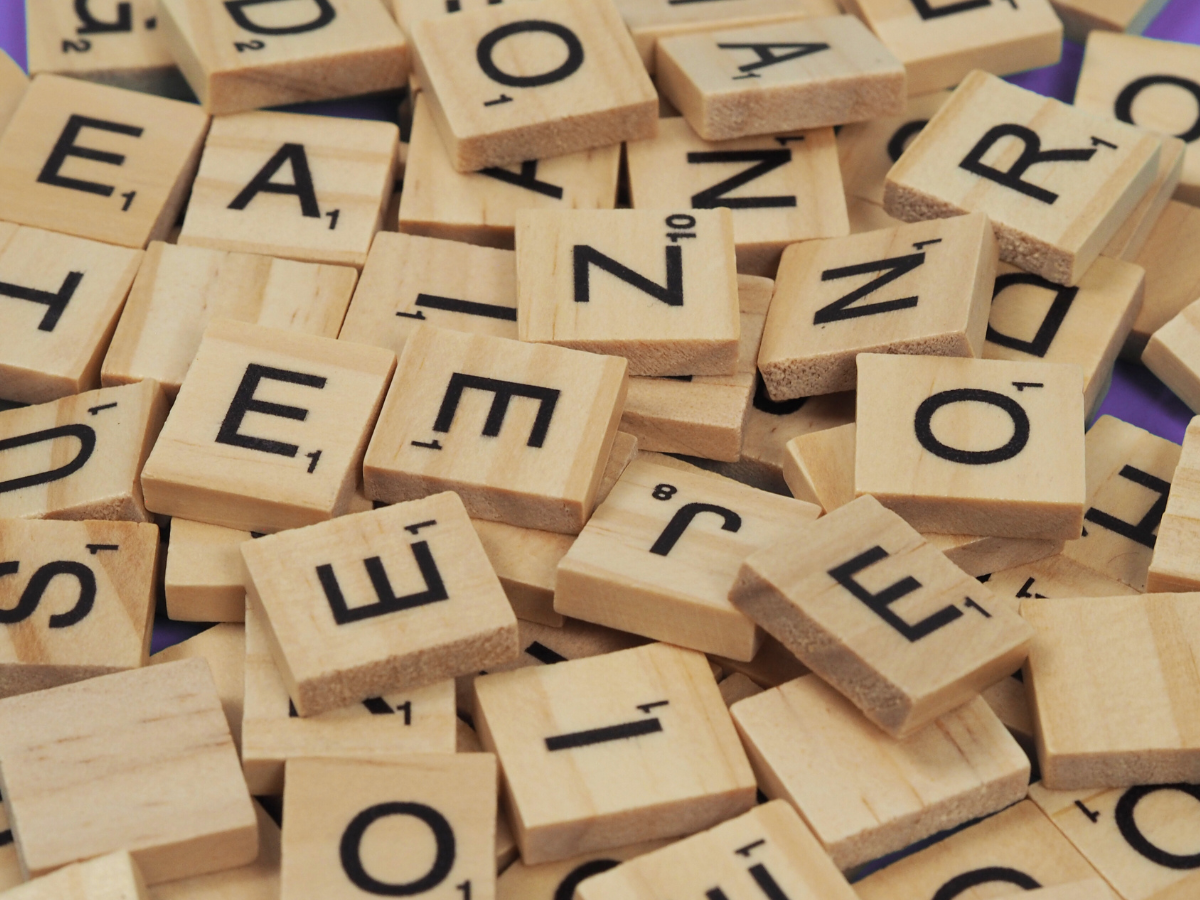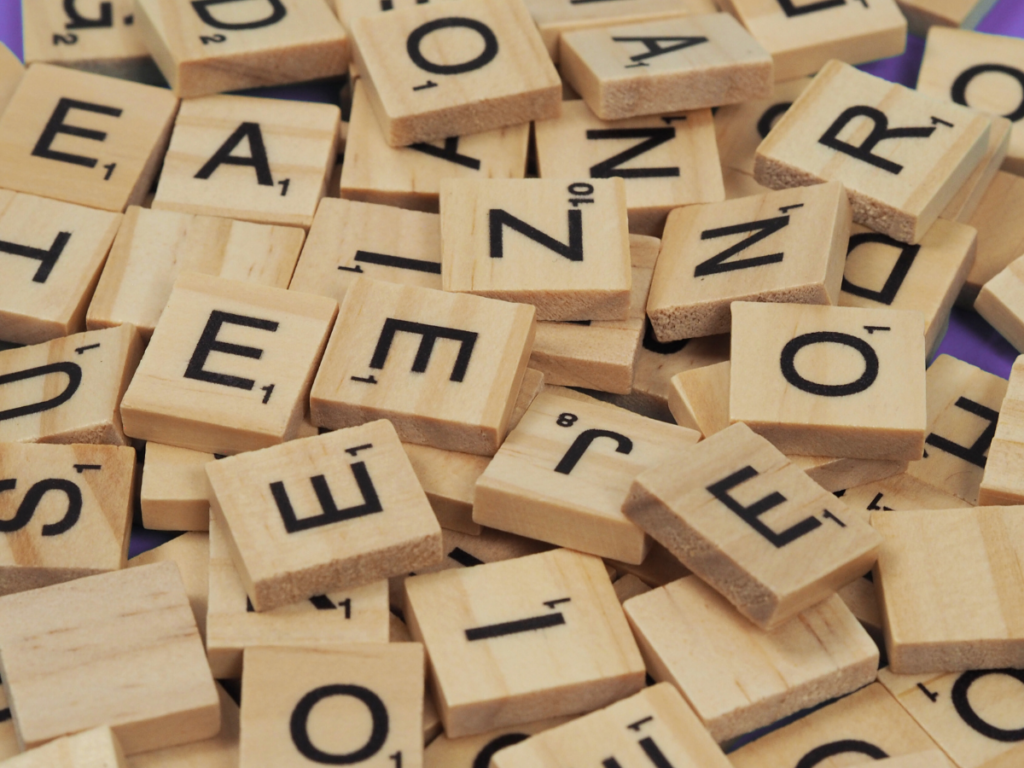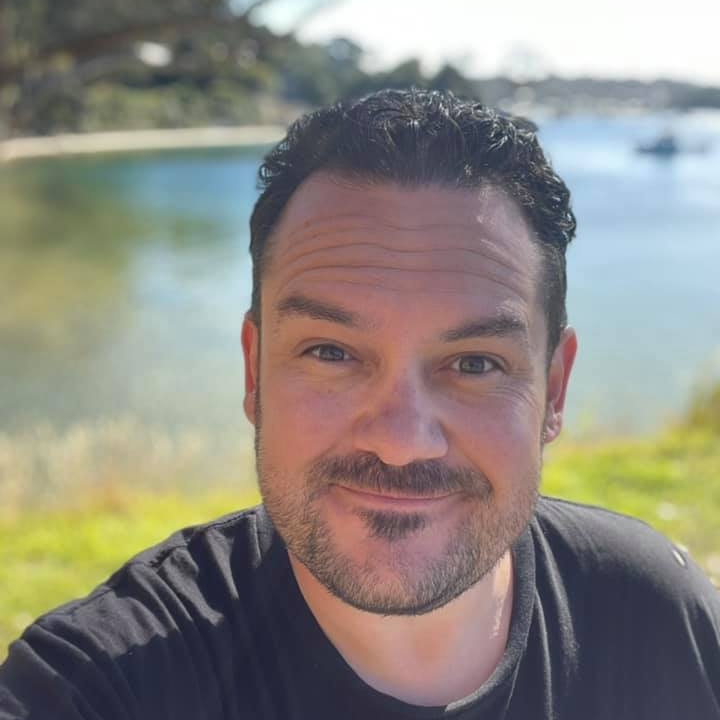

Guest Post by Stephen Martin, New Zealand
When I was first found to have dyslexia, I was about ten years old.
It wasn’t because I told my mum that words were moving on the page and in fact, that was never really my issue.
It was because I couldn’t copy words down off the blackboard and onto a piece of paper without getting a splitting headache.
I’d look up, then down, and the letters just wouldn’t stay still long enough to make sense.
It was exhausting.
That was the big sign for me that something wasn’t quite right.
Sure, I had spelling challenges too, but back then it was often brushed off as being “lazy” or “not trying hard enough.”
Luckily, someone saw past that and got me tested.
And that’s what’s wild because for so many of us, dyslexia doesn’t show up in just one way.
It’s not as simple as letters moving on a page.
The truth is, the visual side of dyslexia that most people think about, the swirling text, the jumping words and that’s only a small part of the story.
What often goes unseen is how dyslexia affects comprehension.
If you’ve ever read the same page three times and still couldn’t tell someone what it said, you’ll get this.
It’s like the words go in, but they don’t stick.
You might even start blaming yourself and thinking you’re lazy, distracted, or not focusing enough.
But you are focusing. Your brain’s just working differently.
People with dyslexia often think in pictures and stories, not words.
When we read, we don’t automatically “hear” the words in our heads like others do.
Instead, we translate them into visuals and into little movies.
That translation takes mental energy.
And by the time we’ve converted the words into meaning, we’re already tired.
So when someone asks, “What did that paragraph mean?” we draw a blank.
Not because we didn’t read it, but because our brain was busy doing the hard work behind the scenes just to make sense of it.

Reading isn’t something our brains evolved to do naturally and it’s a learned skill.
Most people’s brains eventually automate that decoding process.
But for many dyslexics, reading and comprehension use different neural pathways that take more effort to fire up.
It’s like running a race with a backpack full of bricks – you still finish, but it takes way more energy.
By the time you’ve decoded the words, you’ve got less energy left for understanding them.
That’s why it’s easy to reach the end of a page and realise you have no idea what you just read.
And it’s not just reading.
The same thing can happen when we listen.
Ever listened to a podcast or an audiobook and found your mind wandering halfway through?
Then you suddenly realise you’ve missed ten minutes but can’t remember zoning out?
That’s the comprehension gap at work.
We hear the words, but they don’t all connect.
Our brains crave context think images, emotion, and stories to anchor the meaning.
That’s why dyslexic minds remember stories perfectly, but not the fine details.
Ask us what a book was about, and we might struggle.
Ask us what the main character went through, or what the scene looked like, we can tell you in vivid colour.
We don’t just remember information.
We remember experiences.
This comprehension challenge doesn’t just live in classrooms.
It follows us into adult life and into work meetings, emails, conversations, and relationships.
It can make you doubt yourself.
One moment you feel sharp, the next you’re lost.
And when you can’t quite grasp what’s being said, you start compensating, nodding along, pretending to understand, then piecing it together later.
That takes a huge emotional toll.
It’s why so many dyslexic adults describe feeling like they’re always behind and not because they can’t keep up, but because their brains are working twice as hard just to stay level.
But once you understand that comprehension is part of your dyslexia and not a personal flaw, you can start to work with it, not against it.
If your mind thinks in pictures, use it.
When you read something important, pause and see it.
Create a mini movie in your head.
The Davis® Mastery for Dyslexia actually teaches this – how to turn abstract words into real mental models so you understand what you read, not just recognise the words.
We’ve been trained to read fast, as if speed equals intelligence.
But for dyslexic thinkers, comprehension lives in the pauses.
Slow reading lets your brain catch up and connect the visuals and that’s where meaning sticks.
After reading or listening, try explaining it in your own words.
You don’t need to repeat it perfectly, just tell it like a story.
That act of storytelling helps your brain connect the language to your natural way of thinking – through pictures, emotion, and flow.
Dyslexia isn’t just about reading and spelling.
It’s about how we make sense of the world.
We might not remember every sentence, but we see the big picture faster than most.
We connect patterns. We sense emotion. We understand people.
That’s comprehension too, just a different kind.
So if you’ve ever read a book and thought, “None of that stuck,” or listened to a talk and wondered where your brain went – take a breath.
You’re not broken.
Your brain just processes meaning in a way schools were never designed to measure.
And when you learn to work with that wiring – to use pictures, stories, and your natural way of thinking – comprehension finally starts to click.
If Stephen’s experience sounds familiar, you’re not alone.
The comprehension struggles he describes – reading without retaining, listening without connecting, constantly working twice as hard just to stay level – affect thousands of dyslexic adults and children.
The Davis® Mastery for Dyslexia program works with your picture-thinking brain, not against it. Through clay-based Symbol Mastery and orientation techniques, you learn to eliminate the confusion that causes words to slip away.
If you are unsure whether the The Davis® Mastery for Dyslexia program is right for you or someone you support, fill out the form below – one of our team will speak with you about your specific needs.
Stephen Martin, based in New Zealand, is the creator of The Truth About Dyslexia podcast, with nearly a million downloads worldwide. Diagnosed with dyslexia as a child and ADHD as an adult, Stephen shares raw, real stories about the neurodiverse journey and what it takes to thrive. He has worked with the Davis Method himself and is passionate about showing adults that dyslexia, ADHD, and autism are not just challenges, but part of a powerful mix of strengths. Find out about his Dyslexia & ADHD in adults podcast here or his new Added Sleep Supplement here.
